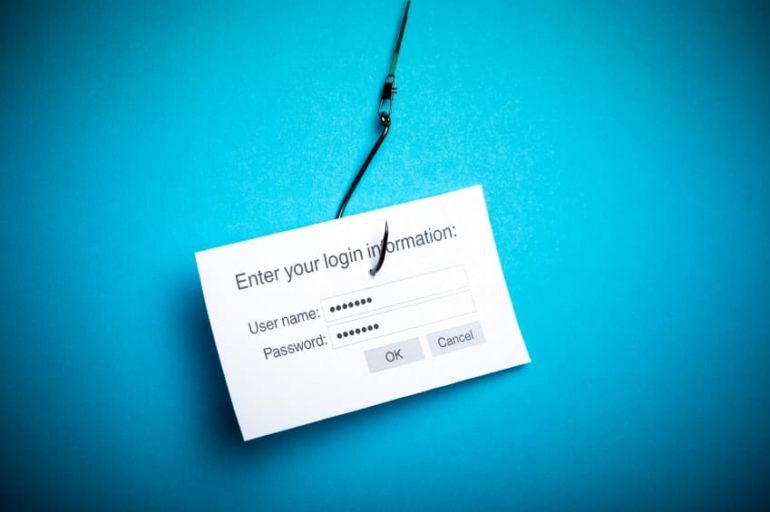Some friend (or stranger) just sent you an email containing a link to a webpage. Out of curiosity, you clicked it and found yourself in a familiar looking site. But somehow, it doesn’t seem right. Is it really the legit site you regularly visit, or is it just posing as another to bait you into giving your information? Here are some ways to spot a fake or phishing website.
The first thing you should check for when verifying the legitimacy of a site is its URL in your browser’s address bar. One of the commonly copied websites is PayPal, whose URL is https://www.paypal.com/. Even if the site looks and feels legit, but the address is different (such as fakeweb.com/paypal or peypal.com), then you’re in a phishing site. Leave immediately.
Another trait of fake sites is their pesky nature of constantly asking for information. Out of nowhere, a pop-up window may appear and ask you to enter your username and password, even if you already did just a few minutes ago. And depending on the scammer’s modus operandi, the credentials you entered may be accepted even if you intentionally gave a wrong password, or you’ll receive error messages even if you typed the correct one.
Some other signs that expose a fake or phishing website include errors in spelling and grammar, bad web layout, poor image quality, and executable files suddenly downloading. If your browser warns you that you’re about to enter a phishing website, then it’s most likely true.
These are but a few tips to keep you protected from phishing and fake websites. Sooner or later, however, scammers will find new ways to make their deceptions more effective. So that you won’t get outsmarted, be updated on the latest security news and install tools like McAfee SiteAdvisor or avast! Online Security. Better still, rely on common sense while browsing the web.


